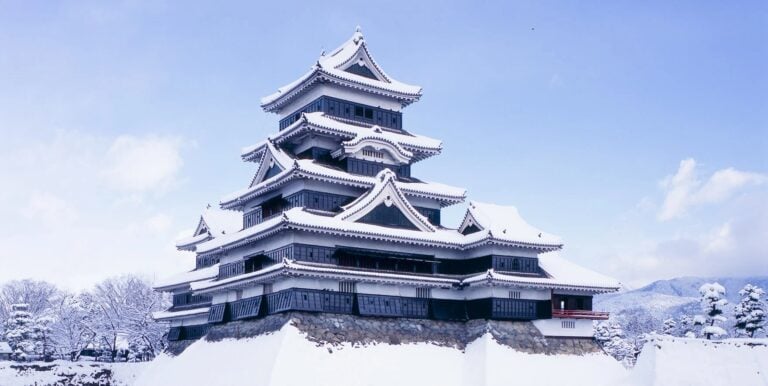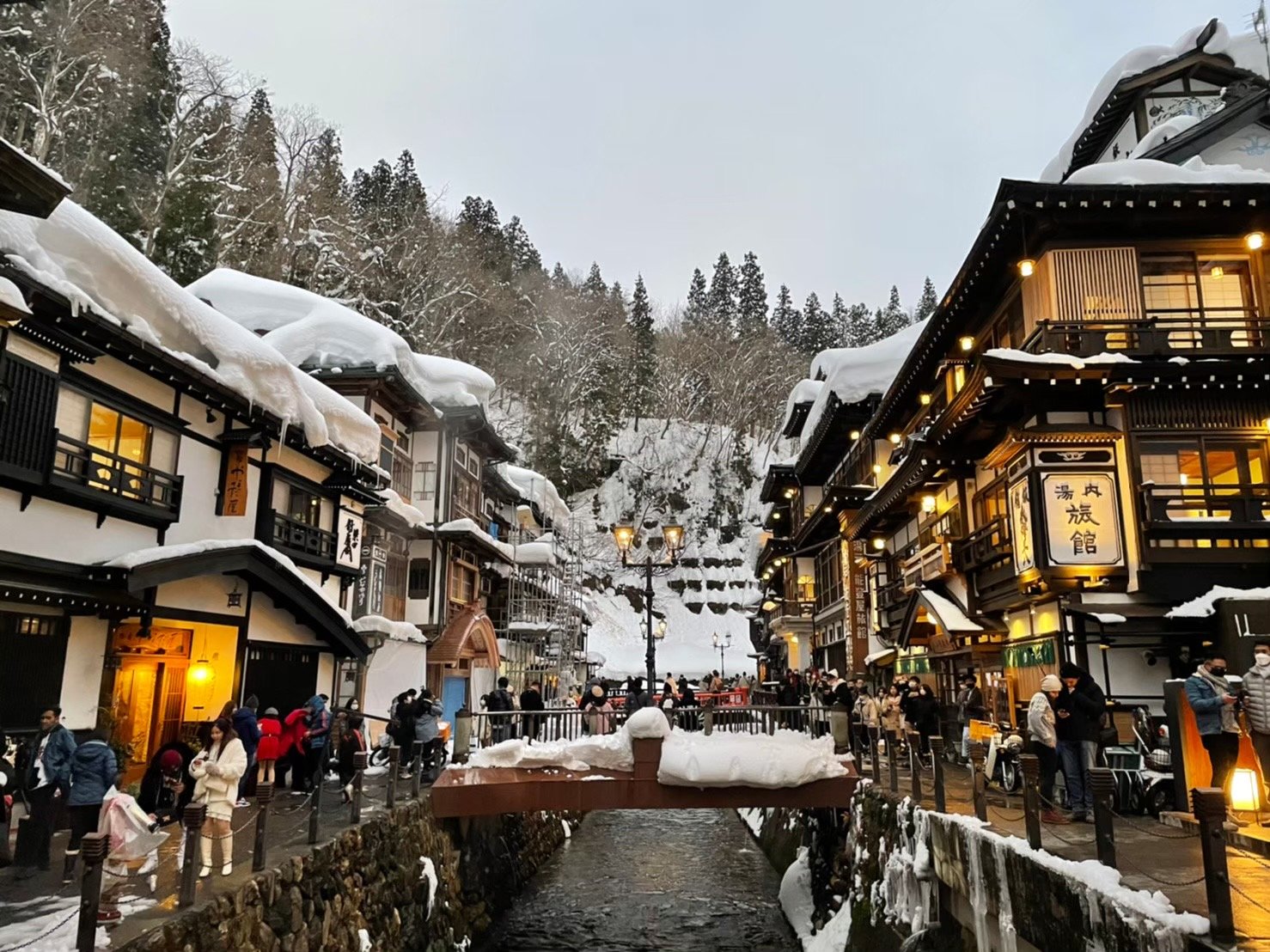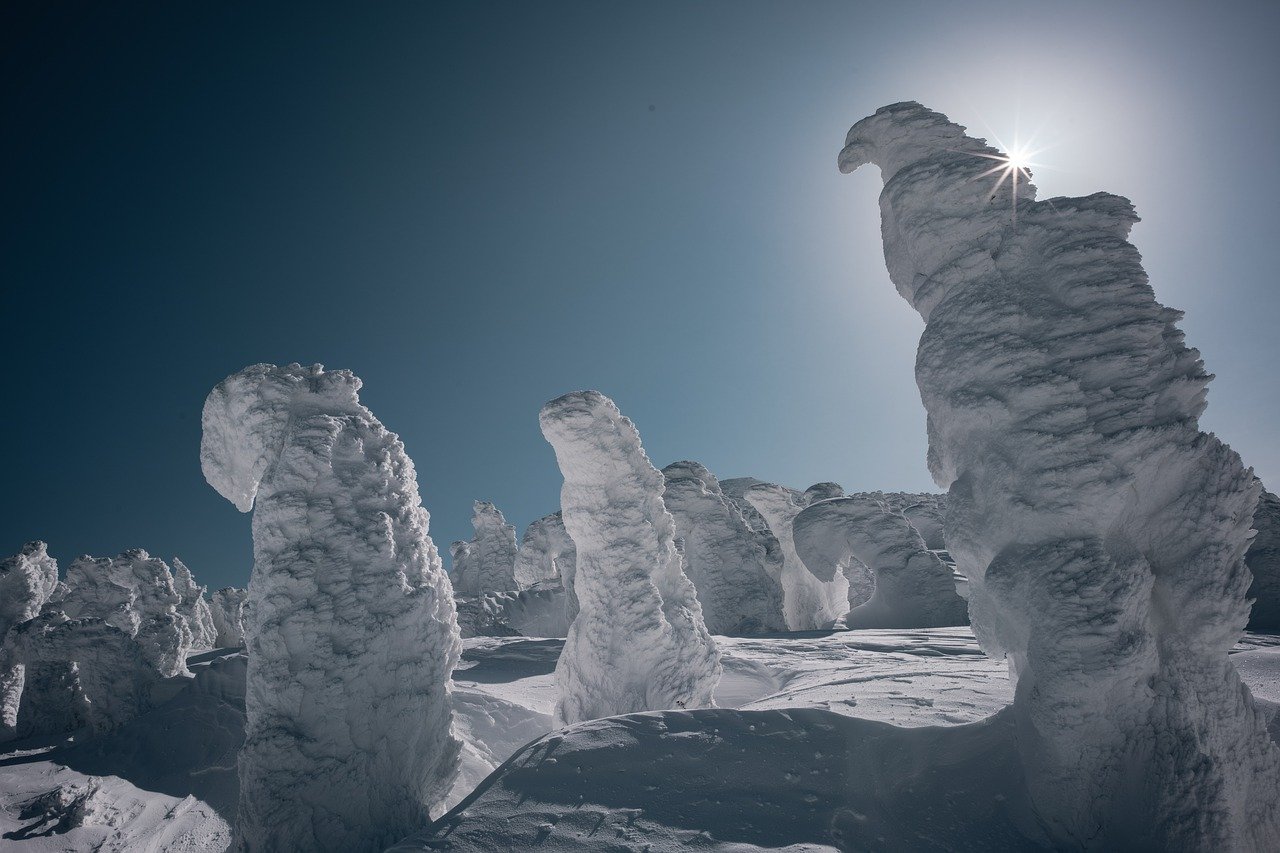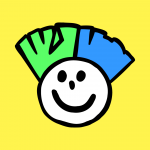
Perhaps the most iconic images of Japan I have seen time and time again are those of temples surrounded by the spring cherry blossoms. While beautiful, it’s important to remember that these photos show only a snippet of what Japan has to offer.
As these quintessential photos suggest, spring reigns as the supreme season during which to explore Japan. However, it’s equally breathtaking at other times of the year. In summer, shades of green blanket the country as the rainy season comes to a close. The chirping of cicadas fills the air, and beaches across the country come alive with people looking to escape the heat. Fall brings with it a respite from the summer temperatures and brightly colored foliage across the country.
But I’m all about the underdog, so let’s talk about the often forgotten season: winter.
Because I don’t believe it deserves the amount of attention it usually gets. Which, if you couldn’t guess, isn’t very much. Fluffy white landscapes seen from a piping hot onsen, savory stews, snow sports, and festivals galore are just a few of the activities Japan has to offer during this underrated time of the year. If you’re not sure where to start exploring, read on for some ideas.
Ginzan Onsen: Yamagata (銀山温泉 ー 山形県)

Onsen is such a huge part of Japanese culture that its depth cannot be captured in a single article. Luckily, you don’t need to understand its significance to comprehend how enjoyable it can be in the winter. It’s a beautiful and relaxing way to take in the landscape when temperatures are below freezing. The icy air that would turn your cheeks pink and numb your hands if you were standing in the snow melts away around the hot bath. Your body stays warm and cozy—sometimes hot, even. When this happens, you can sit outside of the bath until you start feeling cold, then start the cycle all over again.
The town of Ginzan located in Yamagata prefecture is a popular destination for those wanting to experience this firsthand, particularly during colder months when the town transforms into a winter wonderland. Ginzan is a historic town, so the buildings are traditional style, and the roads are narrow and winding. As such, there are no cars allowed. They must be parked about a 5-10 minute walk away from the edge of town. All of these factors lend themselves to the rustic and laid-back feel in the air.
Zao Snow Monsters: Yamagata (蔵王樹氷 ー 山形県)

Also located in Yamagata prefecture are the Zao Snow Monsters. Don’t worry if you’re not a fan of horror—this isn’t some year-round Halloween celebration. Instead, it’s the name given to the shapes made by pine trees blanketed in thick layers of snow. The snow is so heavy that the trees begin to resemble strange bipedal beings rather than photosynthesizing evergreens. The most recommended way to see them is through a snow sport like skiing or snowboarding. There are plenty of trails in the area that weave in and out of these towering figures. However, there are also tours that operate at night which allow you to see the monsters illuminated with colorful lights.
If you’ve got enough time to spare, you can even combine your visit to Ginzan town with the Zao Snow Monsters as both are located in Yamagata prefecture. The easiest way to do this is with a rental car. However, there are combinations of buses that will get you from one to the other relatively quickly.
Shirakawa-go: Gifu (白川郷 ー 岐阜県)

Unlike Tokyo’s classic cherry blossoms in the spring, a quick google search of the quaint town of Shirakawa-go yields top results of the village covered in snow. The scene is so picturesque that it’s easy to see why.
Shirakawa-go is best suited to those looking for a quiet getaway to unwind and relax. The pacing in the village is slow, but peaceful. Therefore, as you can probably imagine, the biggest draw to the village is the sprawl of unique thatched-roof houses, called gassho-zukuri (合掌造り). Of course, you can walk around town and simply take in the views. However, there are a couple of these houses that are open to the public. The first is the Wada house. During the Edo period, the Wada family was head of the village. The property still serves as a residence, however you can explore the second and third floors between 9:00 and 17:00 for ¥300. The second is the Kanda house, which is no longer inhabited, and so can be explored in its entirety (also for ¥300).
If you get hungry while walking around, look for food stalls selling local Hida beef in croquette or skewer form or—if you’re not in a carnivorous mood—gohei mochi (五平餅), which is a pounded rice cake coated in a delicious miso-soy sauce-walnut sauce.
Sapporo Snow Festival (札幌雪まつり)

Japan’s northernmost prefecture–Hokkaidō–is the most popular destination for a winter getaway. And with good reason: the long winters experienced in the capital city of Sapporo mean that it maintains its vibrancy and liveliness even on the coldest of days. Perhaps the most popular event is the city’s annual snow festival. Take a stroll through one of three of the city’s venues—Odori Park (大通り公園), Susukino (すすきの), or Tsudome (つどーむ)—in early February and you’ll see every inch of it covered in both snow and ice sculptures, colorful light displays, massive snow slides, and food stalls. The 2025 snow festival will also feature sheets of curling ice where, for a fee of ¥500, visitors of any level can try their hand at the sport.
Take a stroll around Susukino and Tsudome during the day. There are many snow-based activities that you can participate in while the sun’s still out. Then, head to Odori Park to see the ice sculptures lit up in the evening. Make sure to dress appropriately, as temperatures plummet to -7°C (19°F) and lower in the evening. You wouldn’t want to cut your experience short because you forgot that extra layer!
Japan’s winter season offers a magical contrast to its more famous spring and autumn landscapes. From the peaceful charm of snowy Ginzan Onsen and the striking beauty of Zao’s Snow Monsters to the quiet tranquility of Shirakawa-go and the bustling energy of Sapporo’s Snow Festival, winter in Japan has something for every type of traveler. Whether you’re soaking in a hot onsen, marveling at ice sculptures, or savoring local delicacies, these winter destinations provide unforgettable experiences that showcase the country’s natural beauty and rich culture during its most underrated season.













